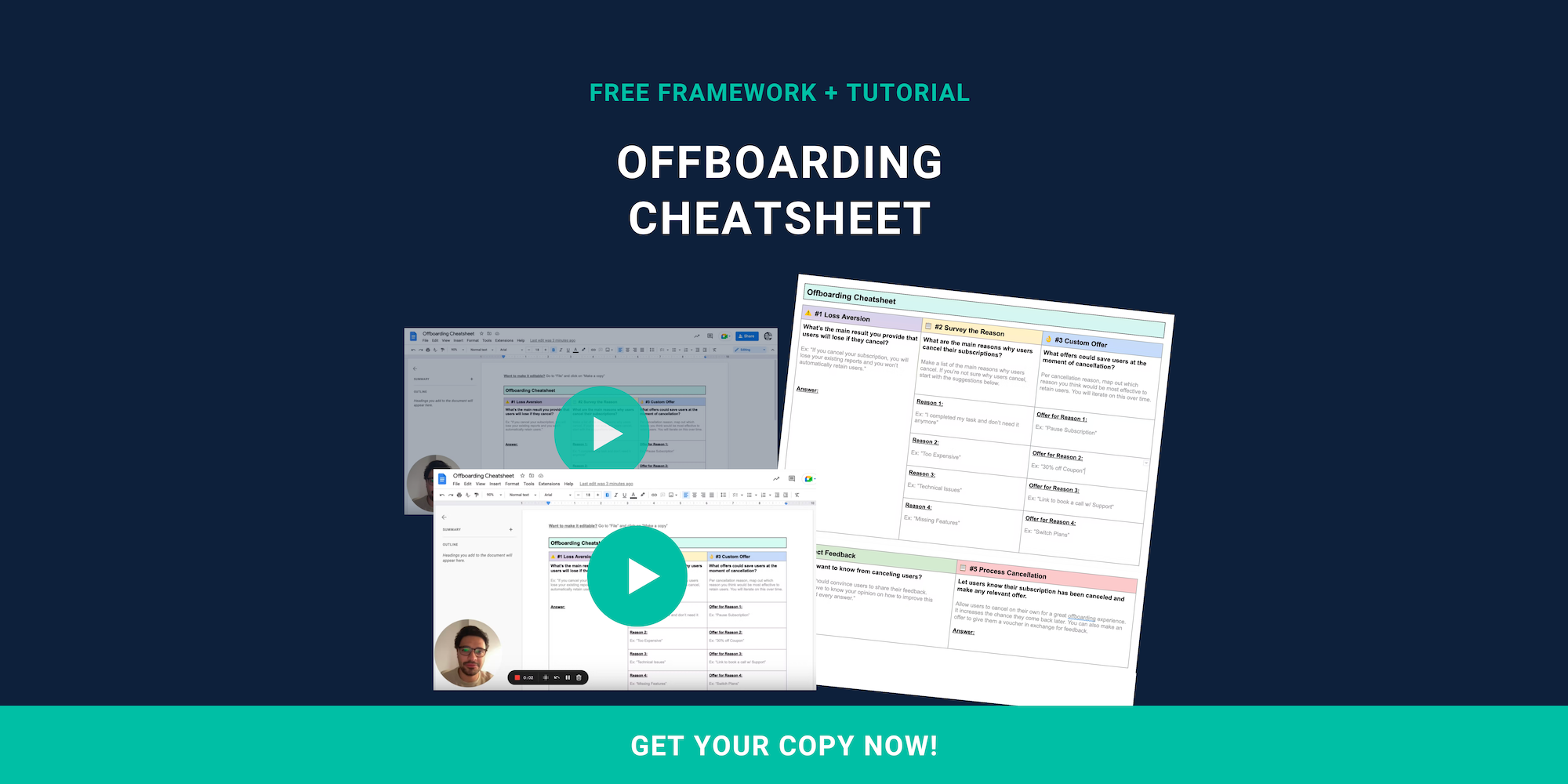Following SaaS onboarding best practices can help to promote customer retention. When it comes to onboarding a new user, you have a one-shot opportunity to provide them with value. If you can deliver value from the outset through an exceptional onboarding experience, this will accelerate customer activation and pave the way for retention.
Over 90% of customers believe companies “could do better” when it comes to onboarding new customers. This is a staggering statistic that highlights detrimental failures being made across a broad range of industries. When it comes to SaaS solutions, an air-tight onboarding process is vital to ensuring customer retention. At this crucial stage, there’s no room for error.
SaaS Onboarding Best Practices - Why Do They Matter?
63% of customers consider the company's onboarding program when making a purchasing decision. If the onboarding program is not up to scratch, this could have an impact on a potential customer’s decision. Ultimately, potential customers need to know they’re going to be supported as they attempt to unlock value from your SaaS offering.
When it comes to customer service, 59% of customers value personalization over speed. During the onboarding process, you should set the tone with exceptional customer service. This has to begin from the outset. When a customer is trying to unlock value from your SaaS, one-size-fits-all tutorials may not adequately address their specific needs.
97% of people believe video is an effective tool to welcome and educate new customers. You should leverage video tutorials and walkthroughs in your SaaS onboarding process. With the support of tools like Loom, in the space of a few minutes, you can quickly produce video tutorials and embed these into the onboarding process for your SaaS users.
Acquiring new customers is between 5 and 25 times more expensive than retaining existing ones. With this in mind, you should do everything you possibly can to optimize and refine your onboarding process. You simply cannot afford to lose your existing customers. Failing to refine your onboarding process but focusing on acquiring new users is like filling a leaking bucket.
According to Forrester and Adobe, experience-driven businesses see almost two times higher annual growth in customer retention, repeat purchase rates, and customer lifetime value than other businesses. Arguably, all SaaS companies are in some way driven by experiences. A comprehensive onboarding process is crucial to the overall experience.
Customers use knowledge bases more than any other self-service channel. If you don’t offer a complete selection of resources for customers to browse through, you’re running at a significant disadvantage. A knowledge base is about more than just supplying instruction manuals, it’s about focusing on ensuring customers can unlock value from your software.
5 User Onboarding Best Practices To Follow
To build an effective onboarding experience that inspires confidence and promotes customer retention, there are 5 user onboarding best practices you should follow. These will help you to develop an air-tight onboarding experience that prioritizes the needs of your customers. These user onboarding best practices will take your current process to the next level.
- Offer 24/7 chat services. These chat services could either be powdered by a human customer support team or through artificial intelligence. In most cases, a mixture of the two would be most appropriate. AI can be used to provide answers to basic questions. Intercom and Tidio are popular solutions that help SaaS businesses provide live chat support.
- Provide a centralized hub for essential resources. From “how-to” guides to detailed tutorials, customers need access to information that will elevate the user experience. If users don’t know how to get the most out of the software, the value proposition will be lost. Written content will give users actionable tips and tricks on unlocking value from the software.
- Reach out to your customers for a personalized onboarding journey. One of the most vital SaaS onboarding best practices is to make contact with your customers. After a few days, there’s nothing wrong with checking in to see how they’re doing. If you’ve noticed a lack of activity on their account, you should reach out to them and see whether they require support.
- Pour your attention into delivering the first ‘moment of value’ to users. When you acquire a new customer, the hard work begins. Getting the customer to make a buying decision is only half the battle. To encourage activation and retention, provide users with the tools and resources they need to succeed. The value of a service should never be elusive.
- Respond to user feedback to take a customer-first approach to growth. Once the onboarding process has been completed, ask the customer to fill out a survey on their experience. How can the onboarding process be improved? Does it have any particular weaknesses? These are the questions you should be asking your customers.
Are you trying to prevent churn and drive customer retention? Try Raaft for free today.

Offboarding Cheatsheet
This framework + video tutorial will help you design a better cancellation process.
Some of our featured articles

Adam Crookes

Adam Crookes

Adam Crookes
Customer Success insights in your inbox
Helping Founders and Customer Success Managers handle customer retention effectively.
We will only ever send you relevant content. Unsubscribe anytime.


